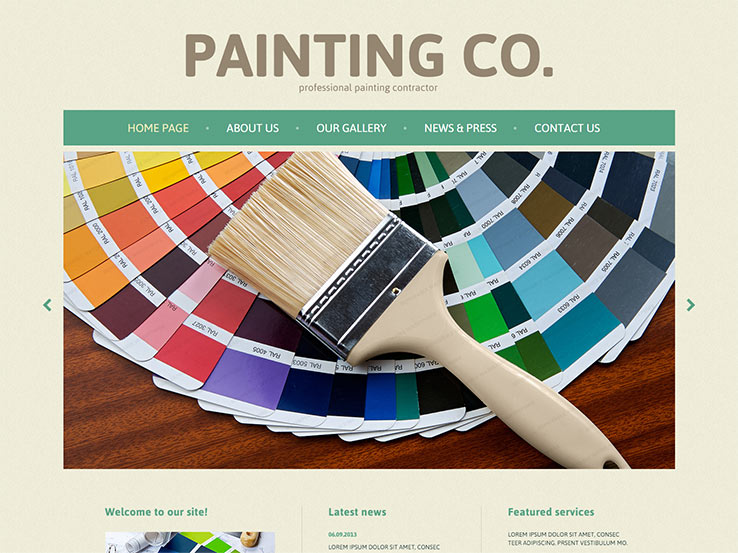Seasonal Considerations For Business Outside Paint: What You Need To Know
Seasonal Considerations For Business Outside Paint: What You Need To Know
Blog Article
commercial interior painting contractors Created By-Korsholm Decker
When you're planning a business exterior paint project, seasonal elements can make or break your outcomes. You'll want to think about exactly how temperature and humidity effect paint application and drying times. Picking the right season can guarantee your paint sticks properly and lasts longer. But which seasons are really the most effective for this kind of work? Let's explore what happens if you use expired paint that can impact your project's success.
The Influence of Temperature on Paint Application
When you're preparing an industrial exterior paint job, the temperature can significantly influence just how well the paint adheres and dries out.
Preferably, you want to paint when temperature levels range in between 50 ° F and 85 ° F. If it's as well cold, the paint may not heal properly, leading to issues like peeling or fracturing.
On the other hand, if it's also warm, the paint can dry out too promptly, stopping appropriate attachment and leading to an irregular finish.
You must additionally think about the moment of day; morning or late afternoon provides cooler temperature levels, which can be much more desirable.
Always inspect https://patch.com/washington/seattle/washington-homeowners-exterior-house-painting-tips for the specific paint you're making use of, as they commonly offer assistance on the perfect temperature range for optimum outcomes.
Moisture and Its Impact on Drying Times
Temperature level isn't the only ecological variable that affects your business exterior painting project; moisture plays a considerable role also. High humidity degrees can decrease drying times considerably, affecting the overall top quality of your paint job.
When the air is filled with wetness, the paint takes longer to treat, which can lead to issues like inadequate bond and a greater danger of mold growth. If you're painting on a particularly humid day, be prepared for prolonged delay times in between layers.
It's essential to check local climate condition and strategy accordingly. Preferably, aim for moisture levels in between 40% and 70% for ideal drying out.
Keeping these consider mind guarantees your job remains on track and provides an enduring finish.
Best Seasons for Commercial Outside Paint Projects
What's the best time of year for your industrial external paint projects?
Spring and very early autumn are generally your best options. During these seasons, temperature levels are light, and humidity degrees are often lower, creating suitable conditions for paint application and drying out.
Avoid summertime's intense heat, which can trigger paint to dry as well quickly, bring about bad bond and surface. In a similar way, winter season's cold temperatures can prevent correct drying and healing, running the risk of the durability of your paint job.
Go for days with temperature levels between 50 ° F and 85 ° F for ideal outcomes. Remember to inspect the regional weather report for rainfall, as damp problems can wreck your task.
Preparation around these aspects guarantees your paint job runs smoothly and lasts longer.
Conclusion
Finally, intending your business outside paint jobs around seasonal considerations can make a substantial distinction in the end result. By organizing work during the suitable temperature levels and humidity levels, you'll guarantee far better adhesion and drying out times. Keep in mind to keep an eye on neighborhood weather report and select the correct time of year-- springtime and early loss are your best options. Taking these actions will assist you accomplish a durable and specialist surface that lasts.
